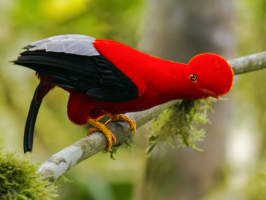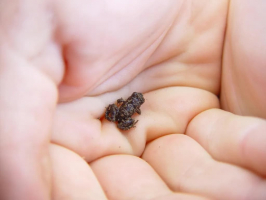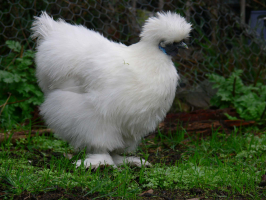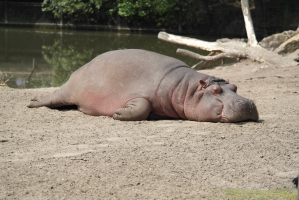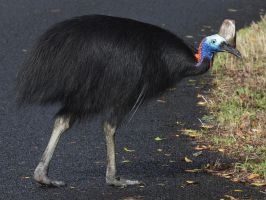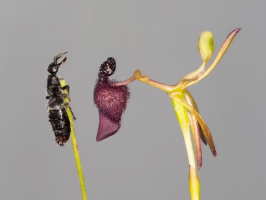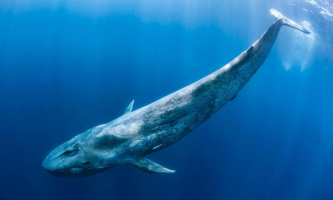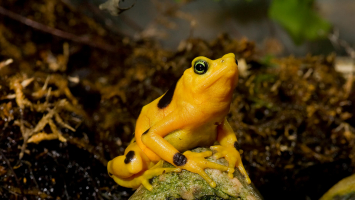Top 10 World's Weirdest Animals
There are 8.7 million species in the natural world, including 6.5 million species on land and 2.2 million in the oceans. However, many experts believe the ... read more...actual number to be much higher. Despite this staggering number, some of them ended up slightly stranger than the rest of the animal and underwater kingdom. Here is a list of the weirdest animals in the world, let's find out!
-
There are only aye-ayes on the island of Madagascar. These unusual creatures might not appear to be primates at first glance, but they are linked to humans, chimpanzees, and other apes and apes. Aye-ayes dwell in trees in the rainforest and stay away from the ground. They spend the day curled up in a ball-shaped nest made of leaves and branches because they are nocturnal. The nests, which are found in the forks of huge trees, resemble closed spheres with a single access hole.
A bushy tail that is longer than their bodies distinguishes aye-ayes, which are dark brown or black in color. They also have large, sensitive ears, slender fingers, and wide eyes. With the exception of their opposable big toes, which allow them to dangle from branches, aye-ayes have pointy claws on all of their fingers and toes.
The aye-aye taps trees with its extended middle finger while sitting above the ground and listens for wood-boring bug larvae moving under the bark. The same middle finger is used to fish them out. The digit is also useful for scooping the flesh out of coconuts and other fruits that supplement the animal's insect diet.
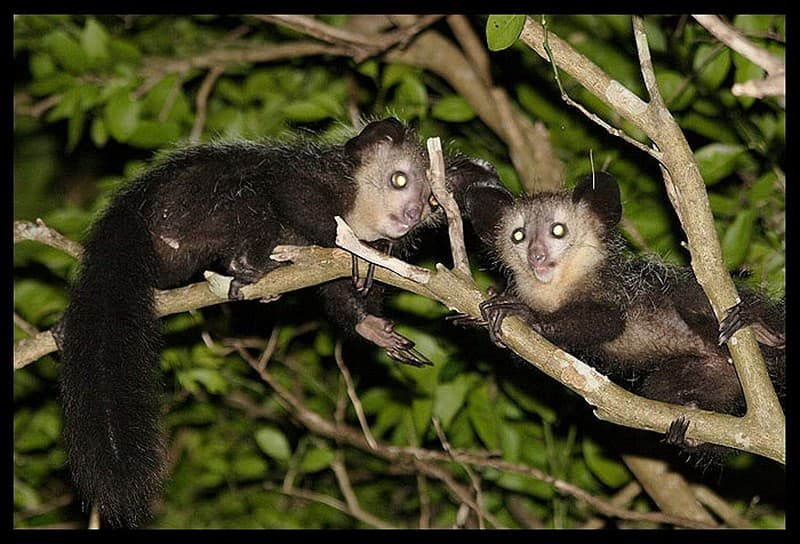
Via: Encyclopedia Britannica 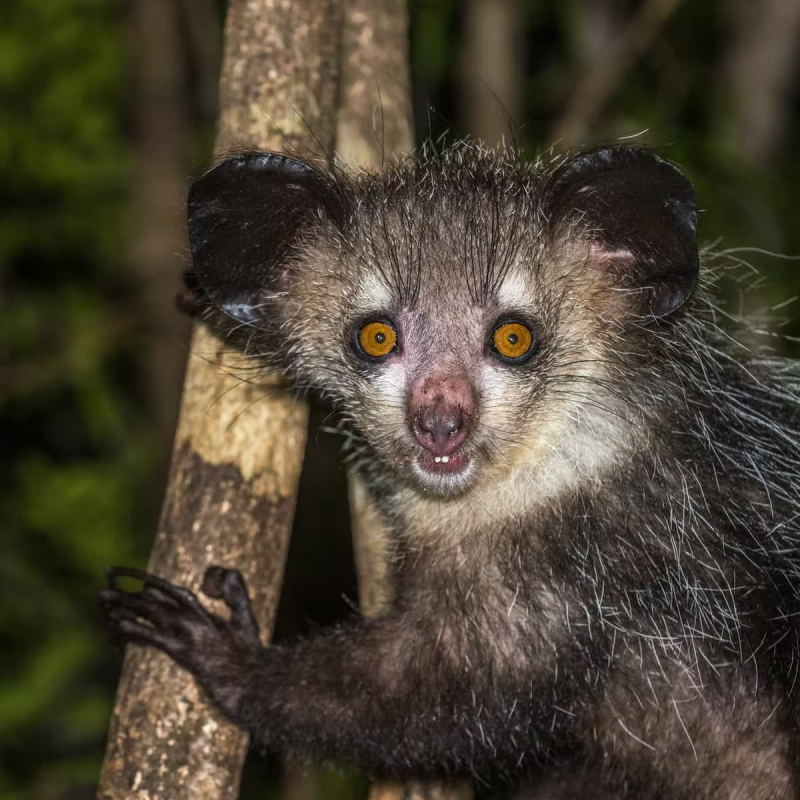
Via: The Conversation -
The okapi also referred to as the "forest giraffe", resembles a combination of a zebra and a deer. It is the giraffe's only living relative, though. The only place where the okapi may be found in the wild is in the Ituri Rainforest in the Democratic Republic of the Congo. It has thick, oily fur to keep dry in the rain. On the underside of each hoof are scent glands that aid in marking the animal's territory. The okapi's small horns are covered in skin, save for the tips. All males have horns, although the majority of females have knobby bumps.
The okapi inhabits the rainforest's lush vegetation. The brown and white stripes on its rump, which resemble streaks of sunlight passing through the trees, help it fit in with its surroundings. Fruits, buds, leaves, twigs, and other vegetation make up its plant-based diet. These animals have four stomachs that help with the digestion of difficult plants, just like the giraffe and cow. They have a long, black tongue that can remove leaves from branches, just like their giraffe cousin.
The okapi is a threatened species, according to the International Union for Conservation of Nature's (IUCN) Red List of Threatened Species. Although the exact number of wild animals is unknown, scientists believe that over the past two decades, populations may have been cut in half.
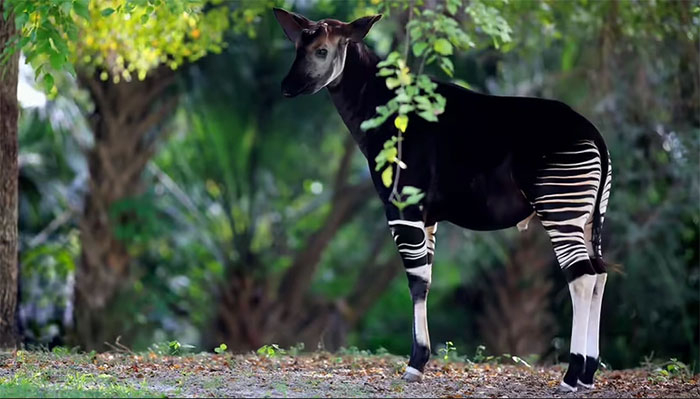
Via: Nationalgeographic.com 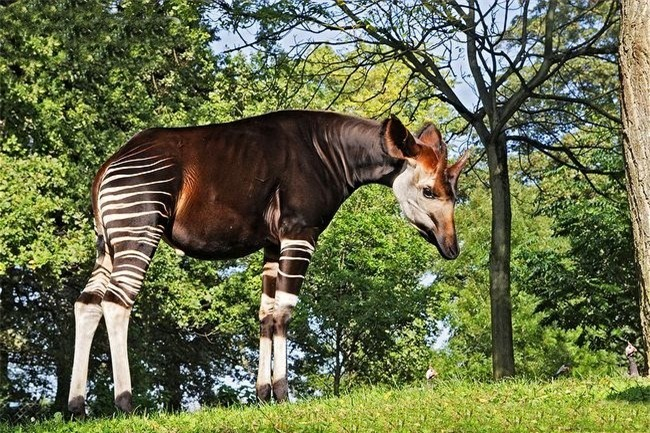
Via: Wikipedia -
The megamouth shark (Megachasma pelagios) is a species of deepwater shark. It is the smallest of the three extant filter-feeding sharks, the others being the considerably bigger whale shark and basking shark. Humans hardly ever get to see it. Fewer than 100 specimens have been seen or caught since its discovery in 1976.
It filters water for plankton and jellyfish while swimming with its mouth open, just like the other two planktivorous sharks. It can be identified by its broad head and rubbery lips. The megamouth is so unlike any other type of shark that it is usually considered to be the sole extant species in the family Megachasmidae, though some scientists have suggested it may belong in the family Cetorhinidae, of which the basking shark is currently the sole extant member.
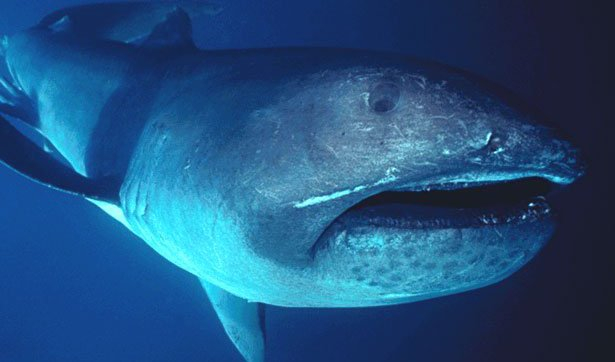
Via: Australian Geographic 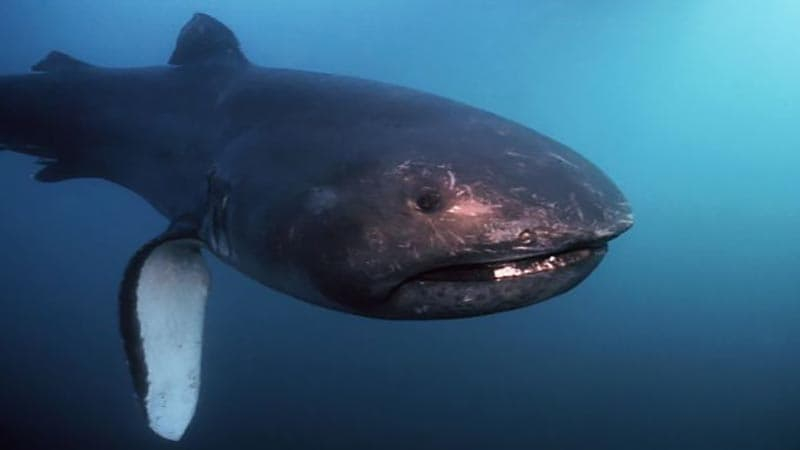
Via: Shark Utopia -
The Pangolin, sometimes known as scaly anteaters, are mammals of the order Pholidota. Manis, Phataginus, and Smutsia are the three genera that make up the only living family, the Manidae. Manis includes the two species found in sub-Saharan Africa and the four species found in Asia, whereas Phataginus and Smutsia each have two species. The sizes of these species range from 30 to 100 cm (12 to 39 in). There are also a few known extinct pangolin species.
Pangolins are the only known mammals with huge, protective keratin scales covering their skin; these scales resemble fingernails and toes in terms of substance. Depending on the species, they either reside in tunnels or hollow trees. Because they are nocturnal, pangolins mostly consume ants and termites, which they catch with their long tongues. They are mostly solitary creatures that only come together to mate and give birth to a litter of one to three young, which they rear for roughly two years.
Pangolins are among the most traded mammals in the world, and they are threatened by poaching (for their meat and scales, which are used in traditional medicine) and severe destruction of their natural habitats. There are eight pangolin species whose conservation status is listed in the threatened tier as of January 2020.
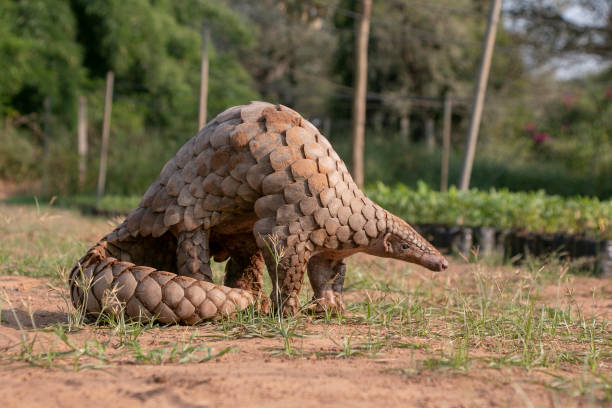
Via: iStock 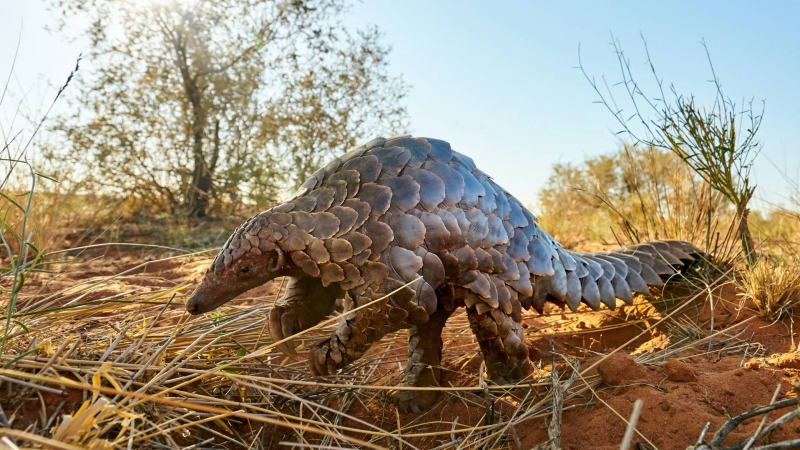
Via: Expert Africa -
Insects and perhaps certain mammals typically have hair and fur, while amphibians and reptiles hardly ever do. The hairy frog, also known as the Wolverine or horror frog, is an exception. The males of these frogs, which grow about 4 to 5 inches long, develop what seem like hairs on their sides and their thighs during the breeding season. They have arteries that enable the frog to absorb more oxygen, therefore they are actually dermal papillae rather than hairs. They function quite similarly to the tadpole-stage frog's gills.
The fact that this frog has retractable claws, like Wolverine, is another peculiar feature of it. The frog must break the bones in its own toe and allow the claw to rip through its skin in order to evert its bone-based claws. The West African countries of Cameroon, the Democratic Republic of the Congo, Nigeria, Gabon, and Equatorial Guinea are home to this frog. The frog is hunted and consumed even though it is not endangered.
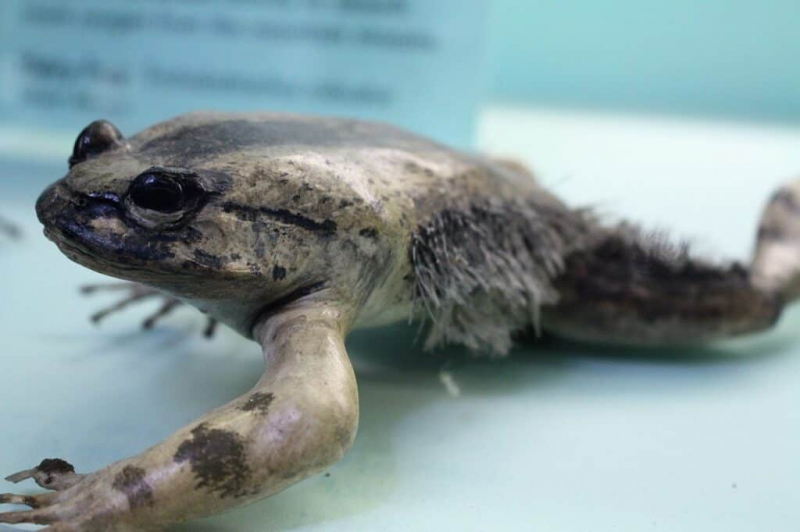
Via: Istock 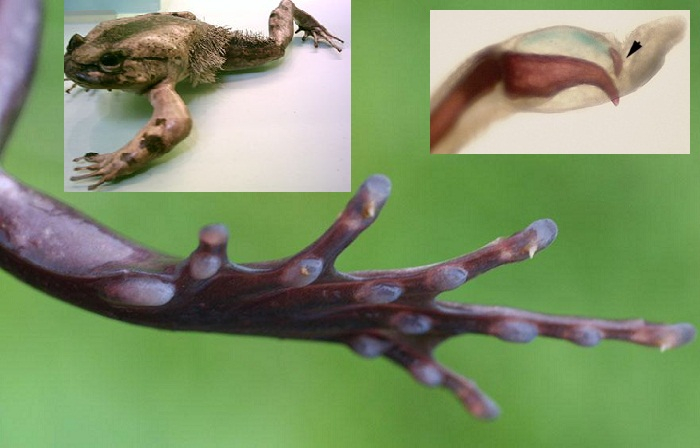
Hairy frog breaks own bones to produce claws (Via: New Scientist) -
Large biting flies called tsetse, or tik-tik flies, are common throughout tropical Africa. All of the species in the genus Glossina, which are assigned to their own family, Glossinidae, are known as tsetse flies. Tsetse is obligatory parasites that must consume the blood of vertebrate creatures in order to survive. Because of their significance in disease transmission, tsetse has been the subject of in-depth research. They are the biological carriers of trypanosomes, which cause human sleeping sickness and animal trypanosomiasis, and have a significant economic impact in sub-Saharan Africa. Tsetse is multivoltine and has a lengthy lifespan; they can produce up to 31 broods in their lifetimes, with an average of four each year.
There are two characteristics that make tsetse flies distinct from other big insects. Tsetse entirely folds their wings when they are sleeping, allowing them to lie one wing directly on top of the other over their abdomens. Tsetse also has a lengthy proboscis that sticks straight out in front and is connected to the bottom of their heads by a characteristic bulb. In Germany and the United States, rocks dating to the Paleogene period have yielded fossilized tsetse. There are currently 23 identified species of tsetse flies in Africa and Arabia.
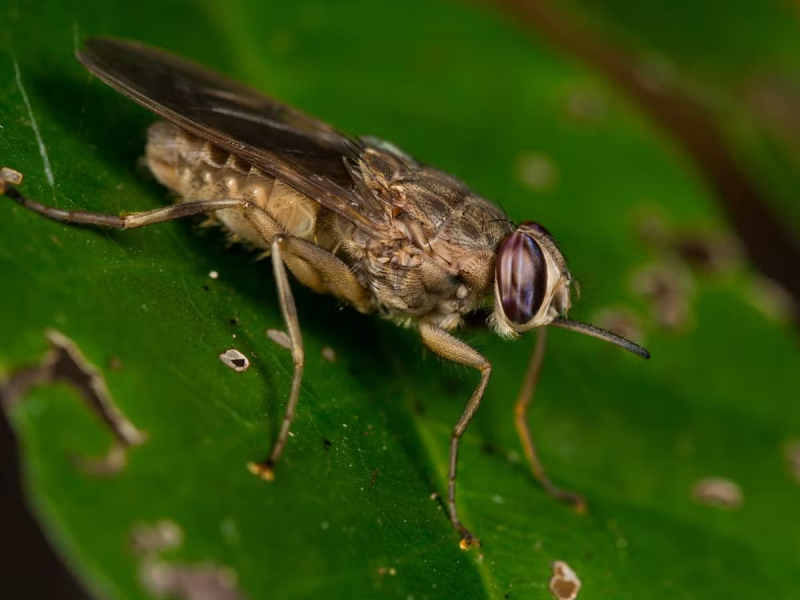
Via: The Conversation 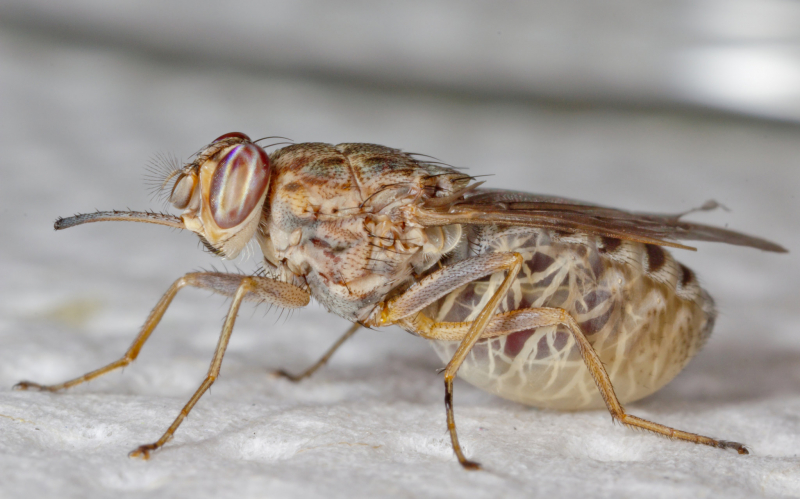
Via: The New York Times -
The platypus (Ornithorhynchus anatinus), sometimes known as the duck-billed platypus, is an endemic animal to Tasmania and eastern Australia. It is a semiaquatic species that lay eggs. Although other closely related species can be found in the fossil record, the platypus is the only living member of its family (Ornithorhynchidae) and genus (Ornithorhynchus). It is also the only monotypic taxon. It is one of the five extant species of monotremes, along with the four echidna species. One of the rare mammals that give birth to eggs rather than live babies is this one.
It uses electrolocation to detect prey as other monotremes do. The male platypus has a spur on his back foot that releases venom, making it one of the few kinds of venomous mammals. This poison may be quite painful for humans. The unusual appearance of this egg-laying, duck-billed, beaver-tailed, otter-footed mammal baffled European naturalists when they first encountered it, and the first scientists to examine a preserved platypus body (in 1799) judged it a fake, made of several animals sewn together.
Due to its distinctive characteristics, the platypus is both a significant topic in the study of evolutionary biology and a well-known and well-recognized symbol of Australia. Several Australian Aboriginal groups, who also used to hunt the animal for food, value it for cultural reasons. The platypus is the animal emblem of the state of New South Wales and has been used as a mascot in national events. It can also be seen on the reverse of the Australian twenty-cent piece. The platypus was hunted by people for its fur up until the early 20th century, but it is now protected throughout its entire range. The platypus is not currently in danger, despite the fact that captive breeding initiatives have only had sporadic success and that it is susceptible to the impacts of pollution.
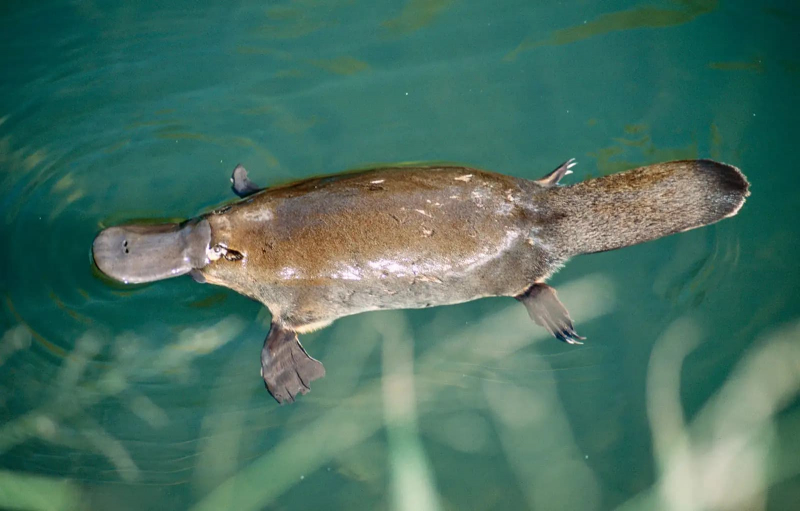
Via: Encyclopedia Britannica 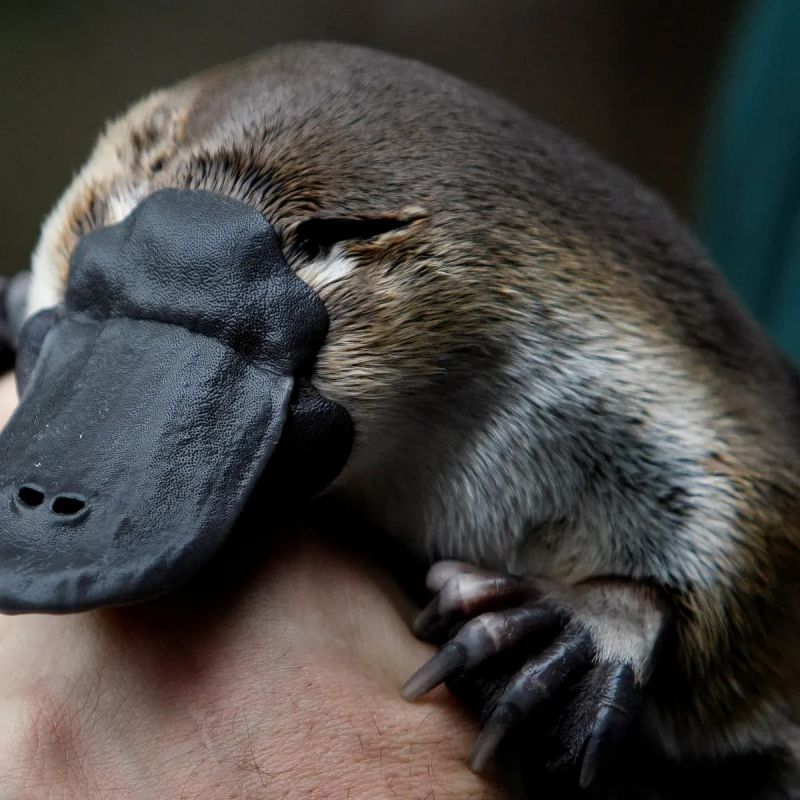
Via: The Guardian -
The blobfish was a scientific curiosity before becoming famous as an internet meme. It is frequently referred to as a sculpin or (for obvious reasons) a fathead. It is a member of the Psychrolutidae family. It is a deep-sea fish, and its common appearance is deceiving because, when brought to the surface, it only resembles a dessert from the 1980s.
Between 600 and 1,200 meters below the surface of the water, blobfish species can be found. The fish have adapted since the pressure down there can be more than 100 times greater than the air pressure you are currently experiencing. Its body is soft and has weak muscles, and fragile bones.
When a blobfish is caught in nets and brought to the surface, decompression can make it expand and cause its skin to relax, distorting its features and giving it that characteristic big nose. Because its gelatinous tissue can't support its structure on land or on a boat's deck, it collapses into a formless mass that resembles a washed-up jellyfish. At depth, a blobfish kind of just looks like a fish. They have slightly bulbous heads, pronounced black eyes, and feathery pectoral fins. Their bodies, pinkish-grey in color, taper to the tail a bit like a tadpole. Blobfish typically measure less than 30cm in length and weigh under 2kg.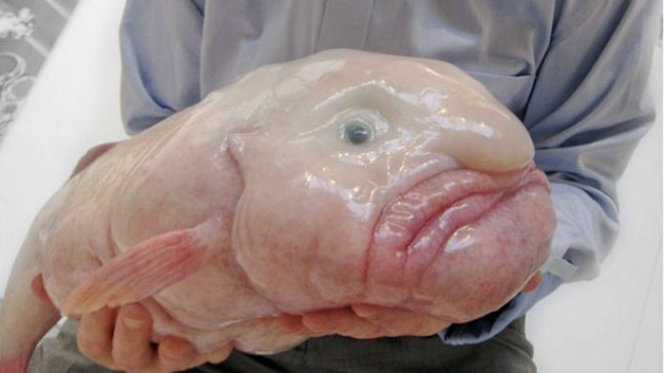
Via: Pinterest 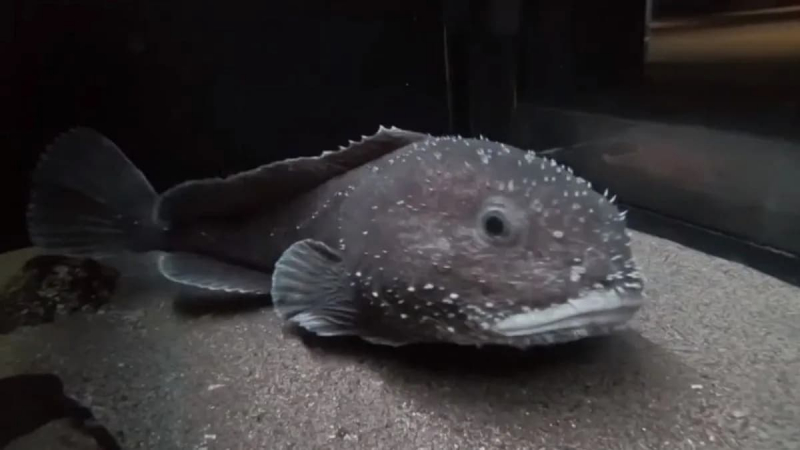
Blobfish Look Like in Its Natural Environment (Via: Snopes.com) -
Sponges, the members of the phylum Porifera, are a basal animal clade as a sister of the Diploblasts. They are multicellular organisms made up of jelly-like mesohyl sandwiched between two thin layers of cells. Their bodies are covered in holes and channels that allow water to flow through them.
Unspecialized cells in sponges have the ability to change into other cell types and frequently migrate between the mesohyl and the major cell layers. The neurological, digestive, and circulatory systems are absent in sponges. In order to get food, and oxygen, and to remove waste, the majority of organisms rely on keeping a continual water flow through their bodies. Sponges were the first to branch off the evolutionary tree from the last common ancestor of all animals, making them the sister group of all other animals.
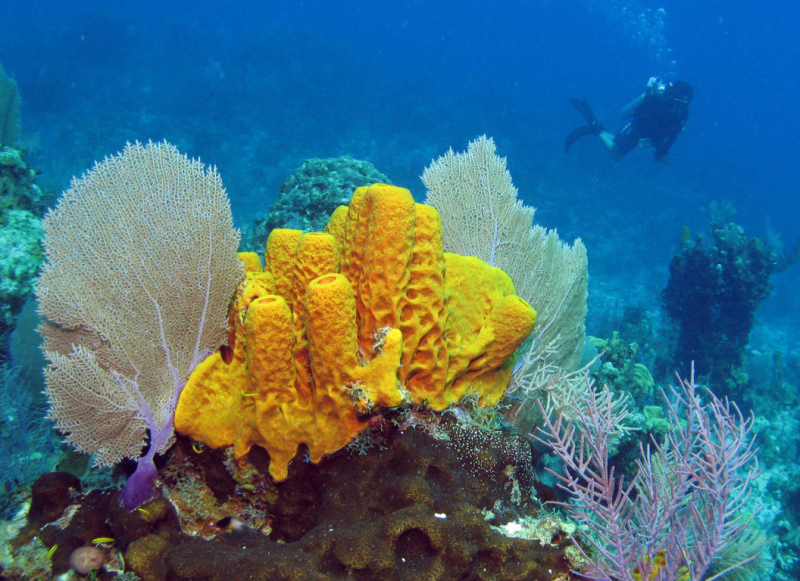
Via: Adopt An Animal Kits 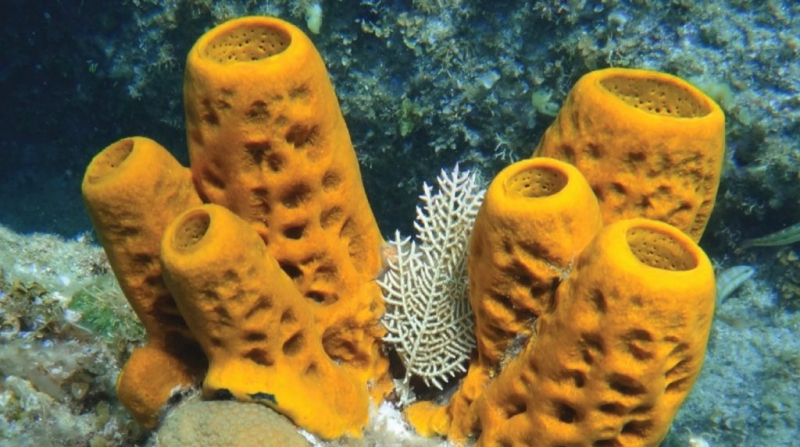
Via: Evolution News -
The dumbo octopus is the deepest living octopus species known to science. It may be found in the open ocean at depths of at least 13,100 feet (4000 m) and possibly considerably deeper. The ability to survive in extremely cold water and in the absence of any sunshine is necessary for life at these great depths. Due to their rarity and the size of the deep sea, dumbo octopuses have developed particular behaviors to maximize their chances of having a successful pregnancy whenever they meet a mate. Females are able to store sperm for extended periods of time after mating with a male, and they appear to always contain eggs in various stages of development.
Dumbo octopuses utilize their arms to maneuver by slowly flapping their ear-like fins. They consume pelagic invertebrates that float above the ocean's surface since they are foraging predators. The main predators of dumbo octopuses are diving fishes and marine mammals like tunas, sharks, and dolphins because there aren't many huge predators in the deep sea. Due to their penchant for deep waters, humans are probably not a threat to these animals because they are only very seldom caught in fishing nets.
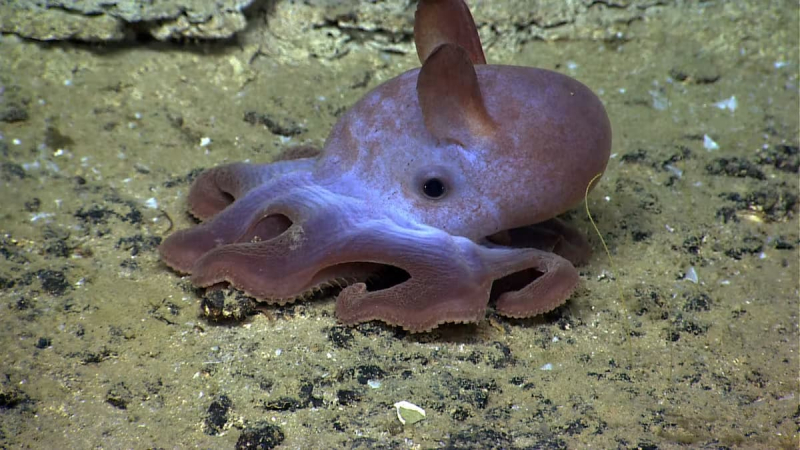
Via: One Earth 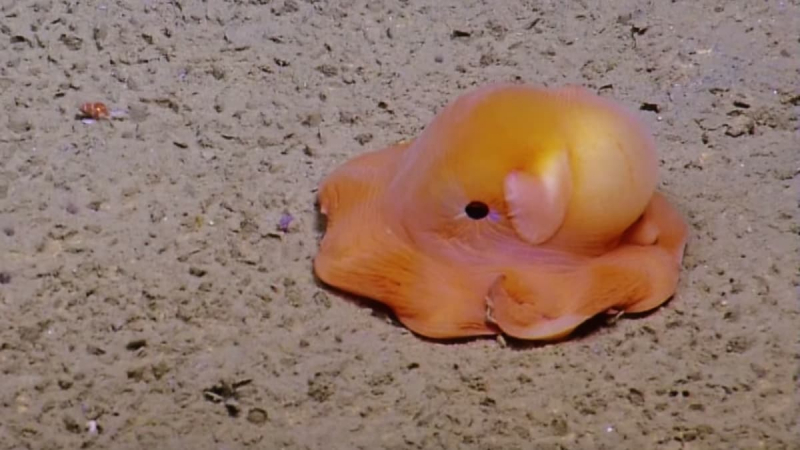
Via: Nautilus Live












